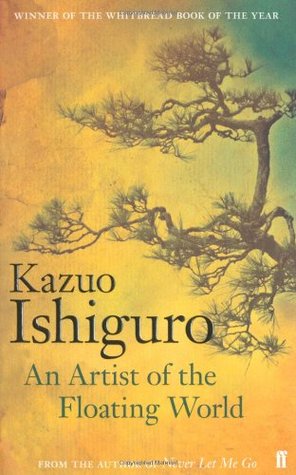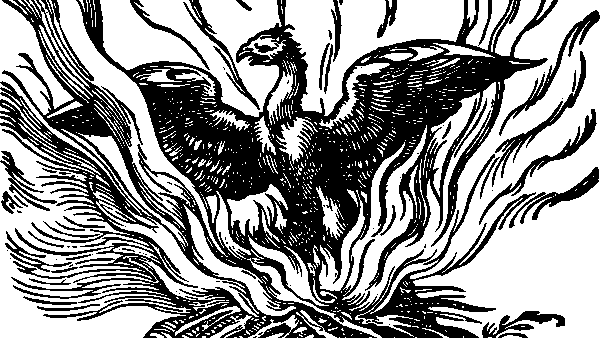An elderly, celebrated artist, Masuji Ono, is living in retirement in Japan just after the end of World War Two. His daughter is having trouble in her marriage negotiations for reasons he can’t understand: gradually he realises it’s because he is associated with the rise of Japanese militarism in the 1930s, a period now discredited and blamed for bringing disaster on the country.
The theme of the book is the role of the artist in the world, and this is what old Masuji Ono gradually explores. As with many of Ishiguro’s books, memory plays a large role. Ono thinks back to his apprenticeship with an artist who devoted his life to paintings of the city’s night life, the “floating world” of the title, temporary and transient. Ono follows him initially, but then wants to do something more meaningful with his life and his art, and reacts against this decadence with his first rebellious painting “Complacency”, later reworked as “Eyes to the Horizon”, a propaganda painting used to exhort the country to go west into Asia.
His motivations were good, though – his friend Matsuda showed him the poverty in the city and said that the only way to stop the people’s suffering was to make Japan into a great empire like that of the European nations. It was the wrong course, but as Matsuda says as an old man:
“There’s no need to blame ourselves unduly. We at least acted on what we believed and did our utmost. It’s just that in the end, we turned out to be ordinary men. Ordinary men with no special gifts of insight. It was simply our misfortune to have been ordinary men during such times.”
Or as Ono says:
“Of course, we took some bold steps and often did things with much single-mindedness; but this is surely preferable to never putting one’s convictions to the test, for lack of will or courage.”
This is contrasted with a character called The Tortoise, a slow imitator:
“His kind do not know what it is to risk everything in the endeeavour to rise above the mediocre.”
Clearly we are meant to sympathise with Ono, even though he made the wrong choices. Ishiguro seems to be saying that an artist has to choose, cannot simply ignore life and paint pretty pictures. But by making public choices of allegiance, you lay yourself open to criticism and even ruin when times change. What is patriotic in one situation can come to seem treasonous or murderous in the light of later events.




There is 1 comment
I’ve been meaning to read this. Thanks for the insight into the book. On a different note, how cool is it that you have your own book. Congratulations! It’s sounds like something I would love to read.. I’ll let you know when I do. 🙂